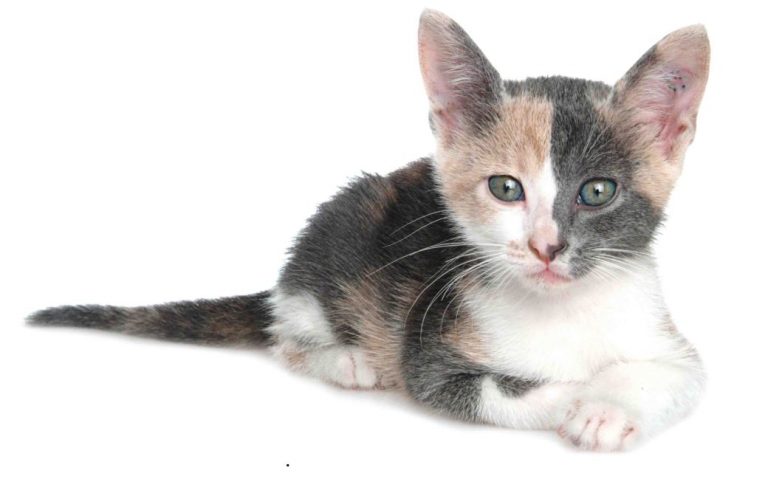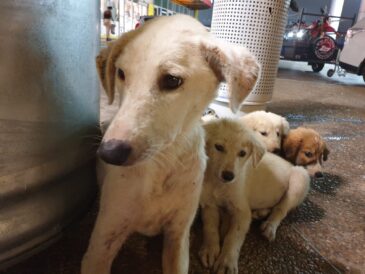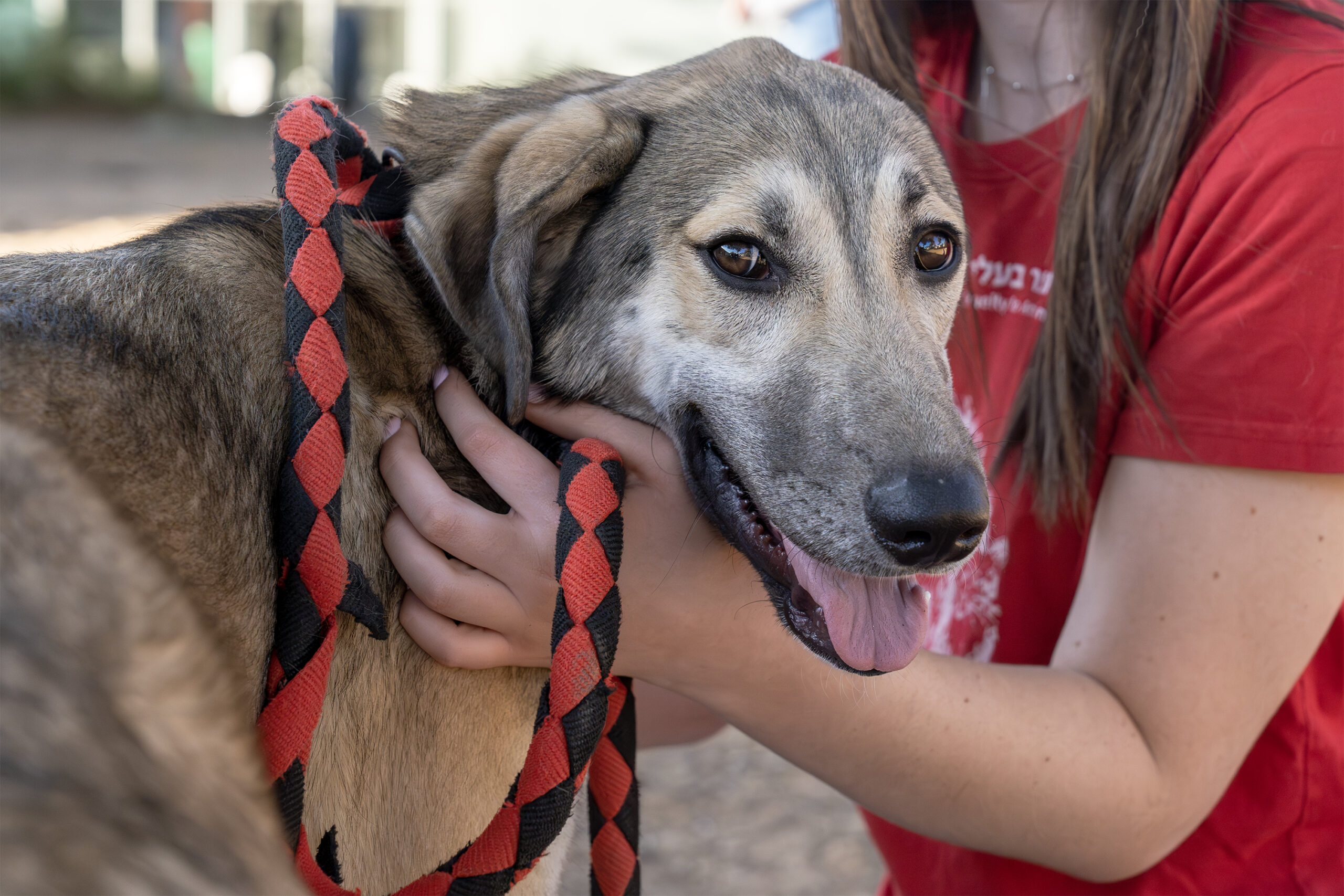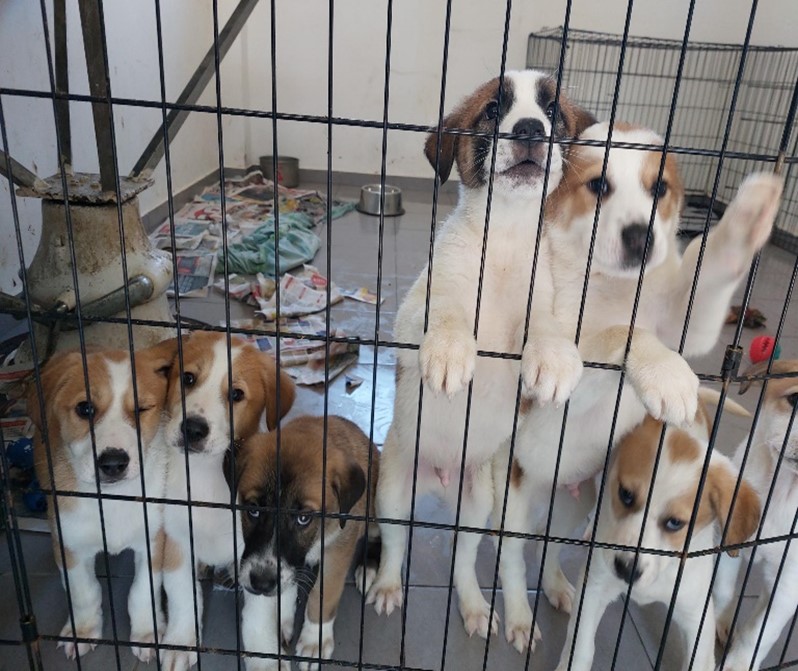Doctor Hila Bareket, SPCA Israel veterinarian
Dermatophytosis is a medical term which means a fungal infection caused by a group of pathogens called dermatophytes. In cats fungal infection is a very widespread skin malady and appears primarily in kittens, in adults, in Persian cats and in those with a weakened immune system.
The most common cause of this illness is called Microsporum canis—it is also extremely infectious to humans and other animals. The infection can spread from one animal to another and from the ground or objects infested with the fungal spores. In most of the cases that come to the SPCA Israel, Tel Aviv, the owners complain of one or more bald areas on their cat, round and symmetric, sometimes accompanied by scaling and reddening, and in most cases the cat is not itching or bothered at all. The infestations usually occurs on the head or on the limbs but can happen anywhere on the body.
In the less classical cases there might appear itching, peeling bald areas, open sores, scaling and peeling, infected claws, dark areas around the affected area and even vomiting and constipation (due to swallowing infested hair). There are cats that show no clinical signs whatsoever but are likely to carry the spores of the fungus on their skin or fur.
The easiest and most effective way to diagnose dermatophytosis is by way of a culture. On the surface of the culture medium we place hair ends and scale taken from the affected area. If the sample is infested the color of the culture will change within a few days. There are other diagnostic but less reliable methods, including a UV lamp and microscopic observation.
The treatment of dermatophytosis is multifaceted:
– Environmental treatment – requires vacuuming the cat’s bedding and cleaning with bleach.
– Treatment of the cat – including:
– Topical treatment (usually with kittens), using shampoo, creams or diluted lotions.
– Therapeutic treatment—syrup or tablets—when the problem is widespread and the adult cat has no immunodeficiency problems (FIV) or liver problems.
Recently a vaccination has been developed that has proved to be not effective in preventing infestation. The vaccination can cause improvement of the symptoms in cats that have already been infected with Microsporum canis but cannot get rid of the fungus.









